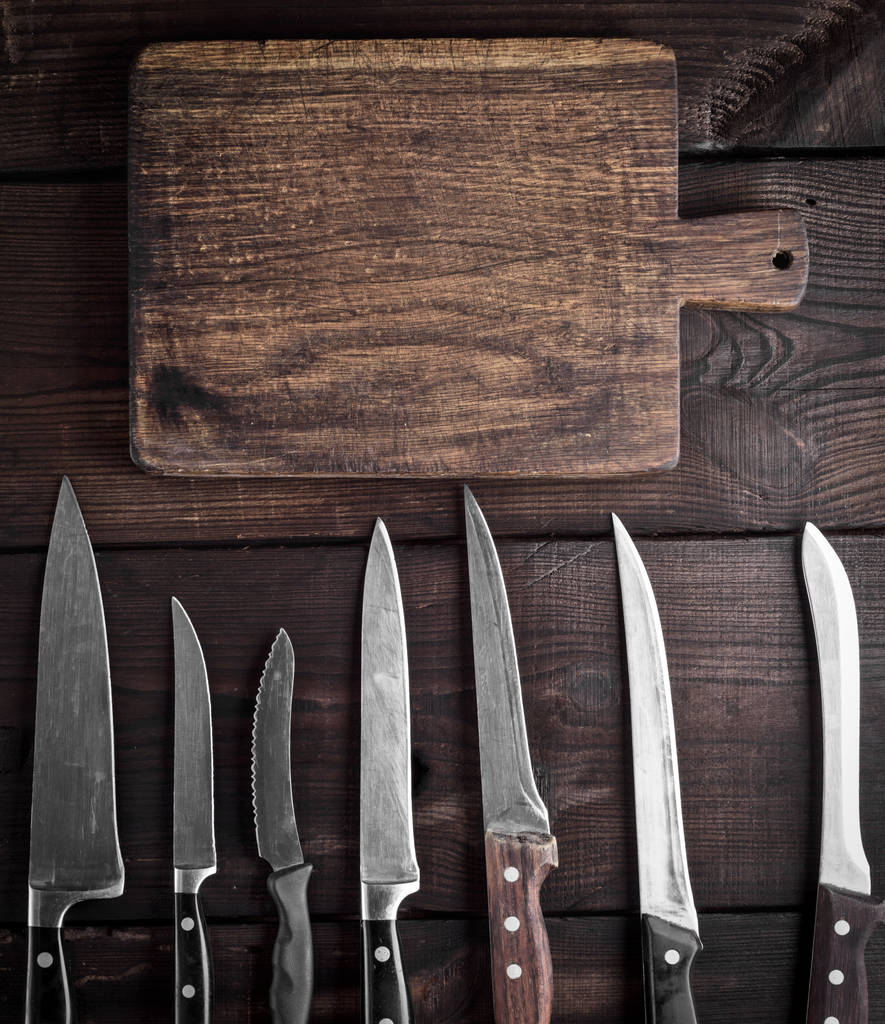Cutting-Edge Craftsmanship: Kitchen Knife

In the world of culinary expertise and Frenzy Kitchen, the kitchen knife is the quintessential tool of precision and artistry. A chef’s best friend, the blades are available in many shapes and sizes, each meticulously crafted for a distinct culinary purpose. In this informative blog post, we’ll embark on a journey through kitchen knives, exploring their history, types, maintenance, and their essential role in elevating your culinary creations.
Chapter 1: The Evolution of Kitchen Knives
The history of kitchen knives is as old as the art of cooking. From primitive stone blades to today’s finely crafted precision instruments, kitchen knives have evolved in tandem with culinary innovations. Learn about transitioning from simple cutting tools to the intricate blades used in modern kitchens.
Chapter 2: Types of Kitchen Knives
Kitchen knives come in a dazzling array of shapes and sizes, each tailored for specific tasks. Explore the diverse categories of knives, including:
Chef’s Knife:
The workhorse of the kitchen, Apt for a diverse array of tasks, spanning from chopping to precision slicing.
- Paring Knife:
- Ideal for delicate work like peeling, trimming, and intricate detail work.
- Santoku Knife:
- A Japanese all-purpose knife known for its precision and versatility.
- Bread Knife:
- Designed with serrated edges for effortless slicing through crusty bread.
- Utility Knife:
- A smaller, versatile knife often used for miscellaneous kitchen tasks.
- Cleaver:
- A heavy-duty knife used for chopping through bones and dense materials.
Chapter 3: The Anatomy of a Kitchen Knife
To appreciate the craftsmanship of kitchen knives, it’s crucial to understand their anatomy. Learn about critical components like the blade, edge, spine, bolster, tang, and handle. Each element contributes to the knife’s balance, durability, and performance.
Chapter 4: Knife Maintenance and Care
Ensuring proper care and maintenance is crucial for extending the longevity of your knives and maintaining their peak performance. Explore the best practices for how to get rust off knives, cleaning, sharpening, and honing. Discover the significance of using cutting boards that are gentle on your blades.
Chapter 5: Finding the Perfect Kitchen Knife
Choosing the right kitchen knife can be overwhelming, given the vast selection available. Discover valuable tips for selecting a knife that suits your culinary needs, preferences, and budget. Understand the significance of blade material, handle design, balance, and ergonomics.
Chapter 6: Techniques and Skills
A kitchen knife is only as good as the skills of the person wielding it. Learn fundamental knife techniques, including:
- The Pinch Grip:
- A secure and comfortable way to hold a knife for precise control.
- The Rocking Motion:
- A method used for chopping and mincing with efficiency.
- The Slice:
- Achieving thin, consistent slices for presentation and even cooking.
Chapter 7: Kitchen Knives and Culinary Creativity
Kitchen knives aren’t just tools but extensions of a chef’s creativity. Explore how mastering knife skills empowers you to transform ingredients into culinary masterpieces. Delve into the aesthetics of food presentation and the role of knives in crafting visually stunning dishes.
Chapter 8: Conclusion
In the world of culinary artistry, kitchen knives are the brushstrokes that bring your culinary vision to life. By understanding their history, types, maintenance, and the techniques for using them effectively, you can elevate your cooking skills to new heights. With the right knife and a passion for culinary creativity, your kitchen becomes the canvas on which you paint your gastronomic dreams. Happy cooking!



